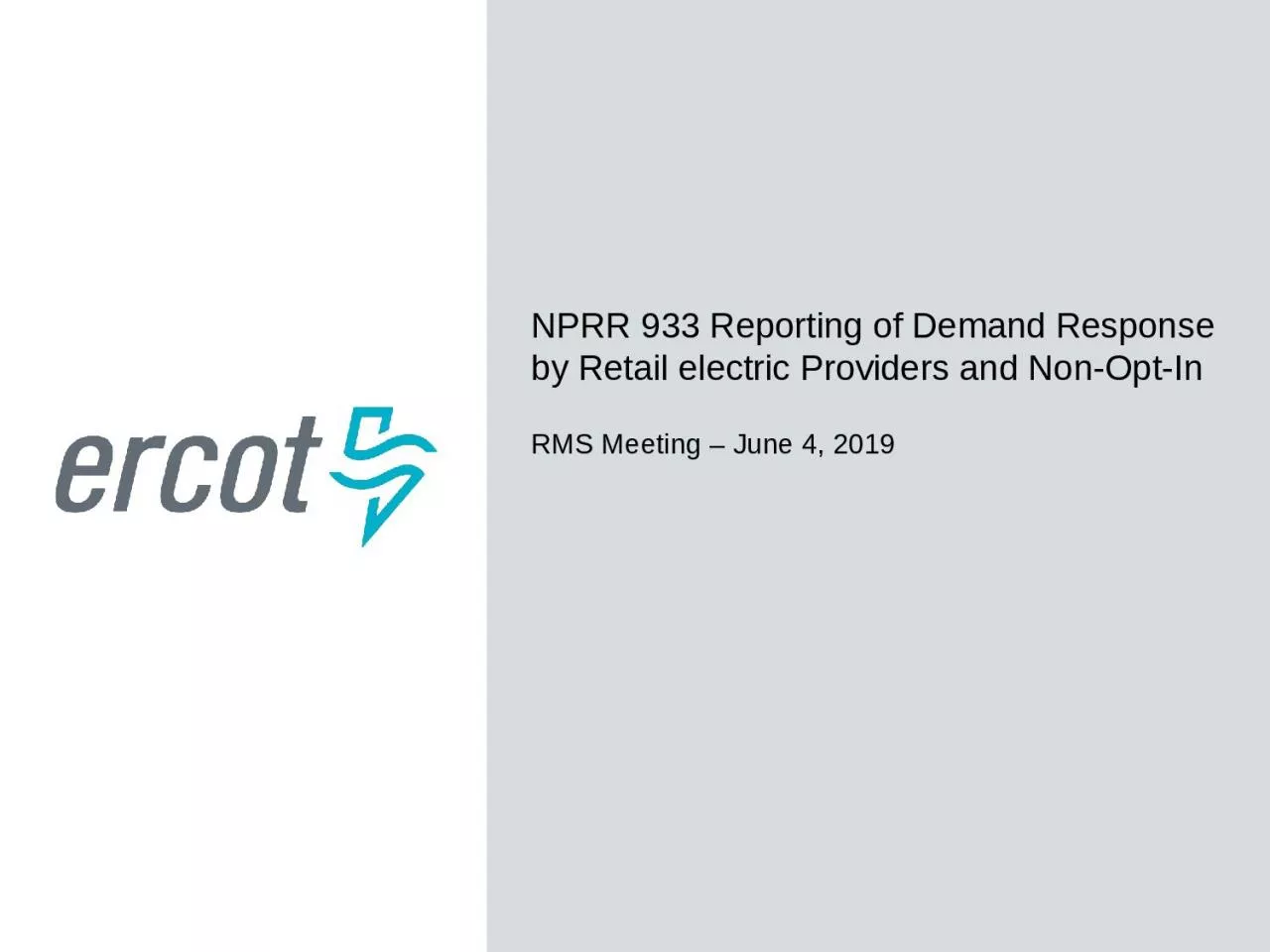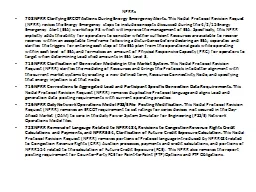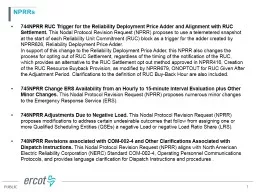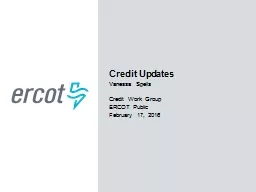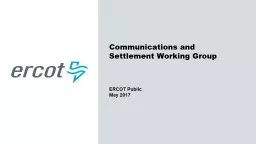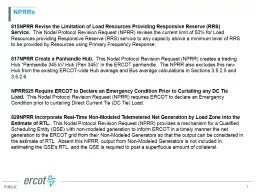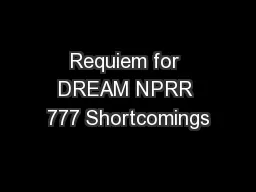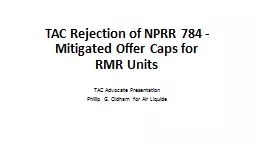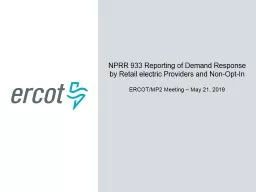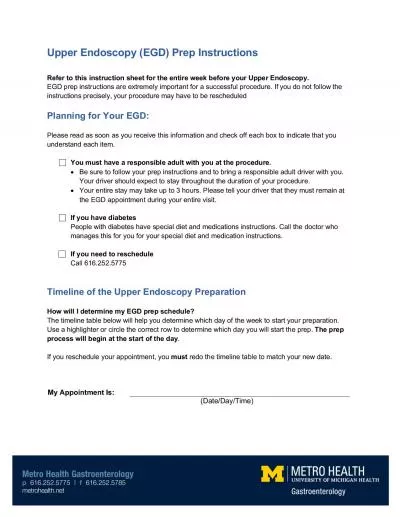PPT-NPRR 933 Reporting of Demand Response by Retail electric Providers and Non-Opt-In
Author : victoria | Published Date : 2024-01-13
RMS Meeting June 4 2019 Reporting for 2019 July Workshop Discuss data submittal survey questions other September 30 2019 Proposed snapshot date may move to earlier
Presentation Embed Code
Download Presentation
Download Presentation The PPT/PDF document "NPRR 933 Reporting of Demand Response by..." is the property of its rightful owner. Permission is granted to download and print the materials on this website for personal, non-commercial use only, and to display it on your personal computer provided you do not modify the materials and that you retain all copyright notices contained in the materials. By downloading content from our website, you accept the terms of this agreement.
NPRR 933 Reporting of Demand Response by Retail electric Providers and Non-Opt-In: Transcript
Download Rules Of Document
"NPRR 933 Reporting of Demand Response by Retail electric Providers and Non-Opt-In"The content belongs to its owner. You may download and print it for personal use, without modification, and keep all copyright notices. By downloading, you agree to these terms.
Related Documents

